Floor paiting, wall drawings, works in paper, Personal Choice, video
Curated by Alexandra Landré
Photos by Ilya Rabinovich
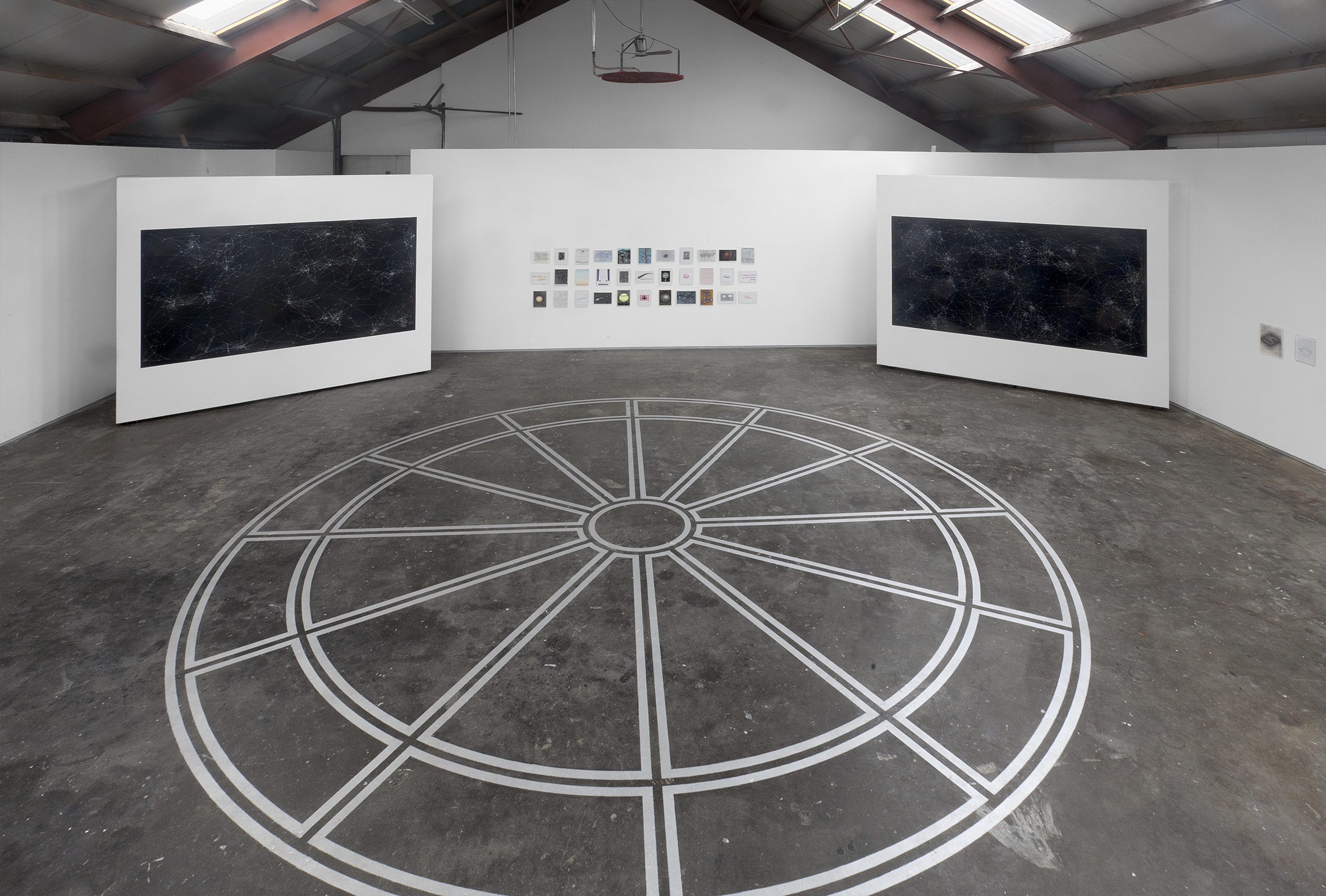
installation view
Personal Choice, HDV, 6:05 min


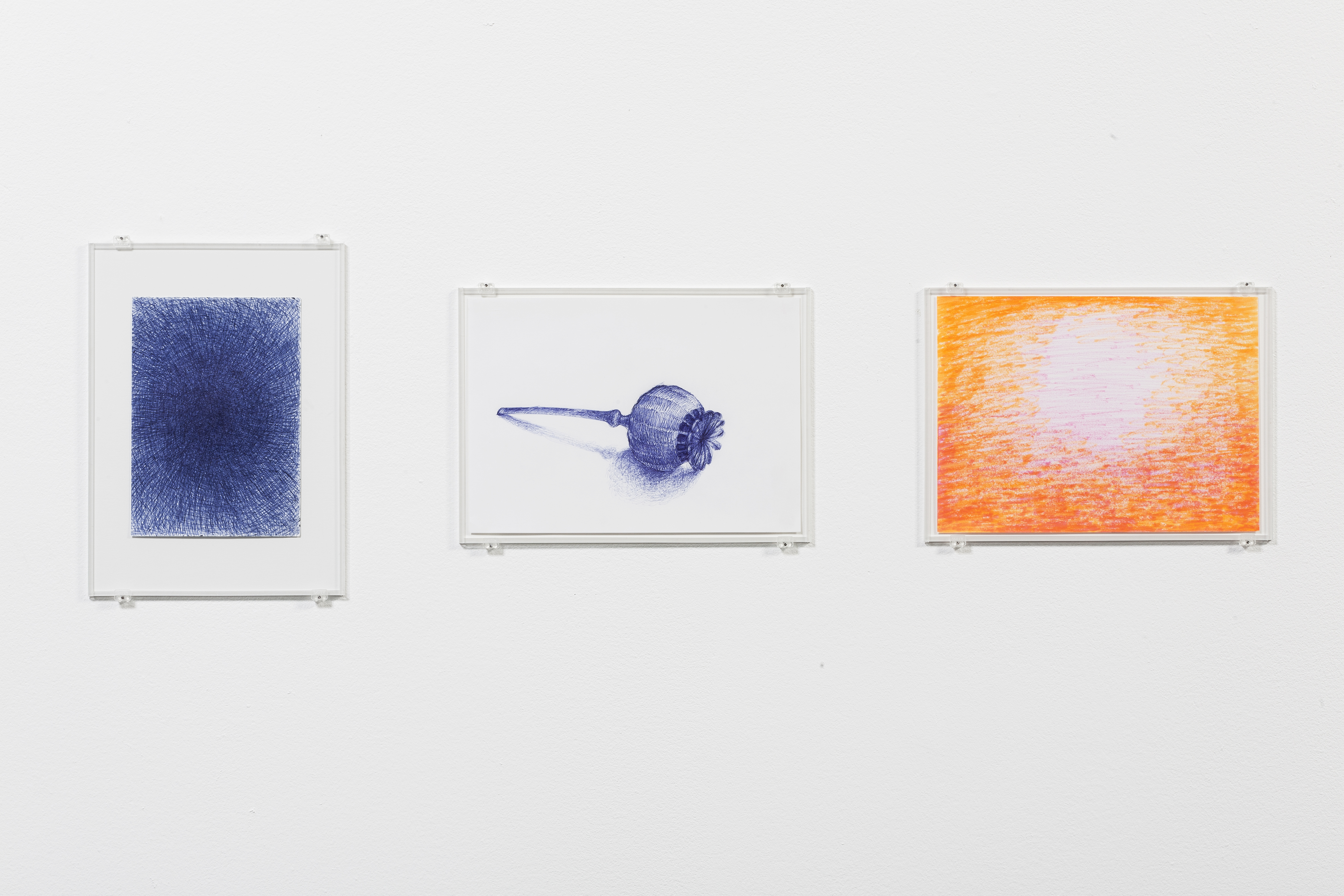
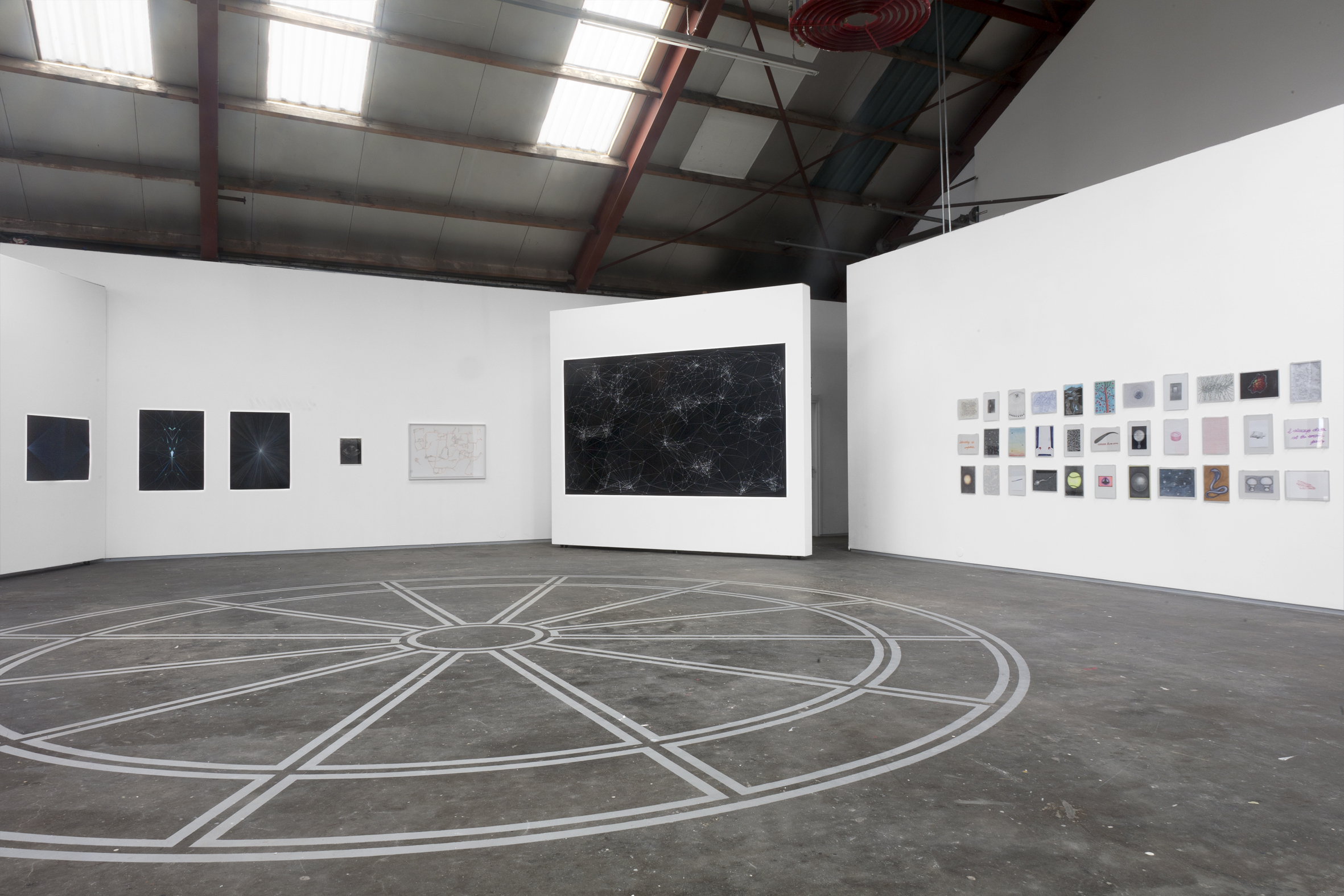

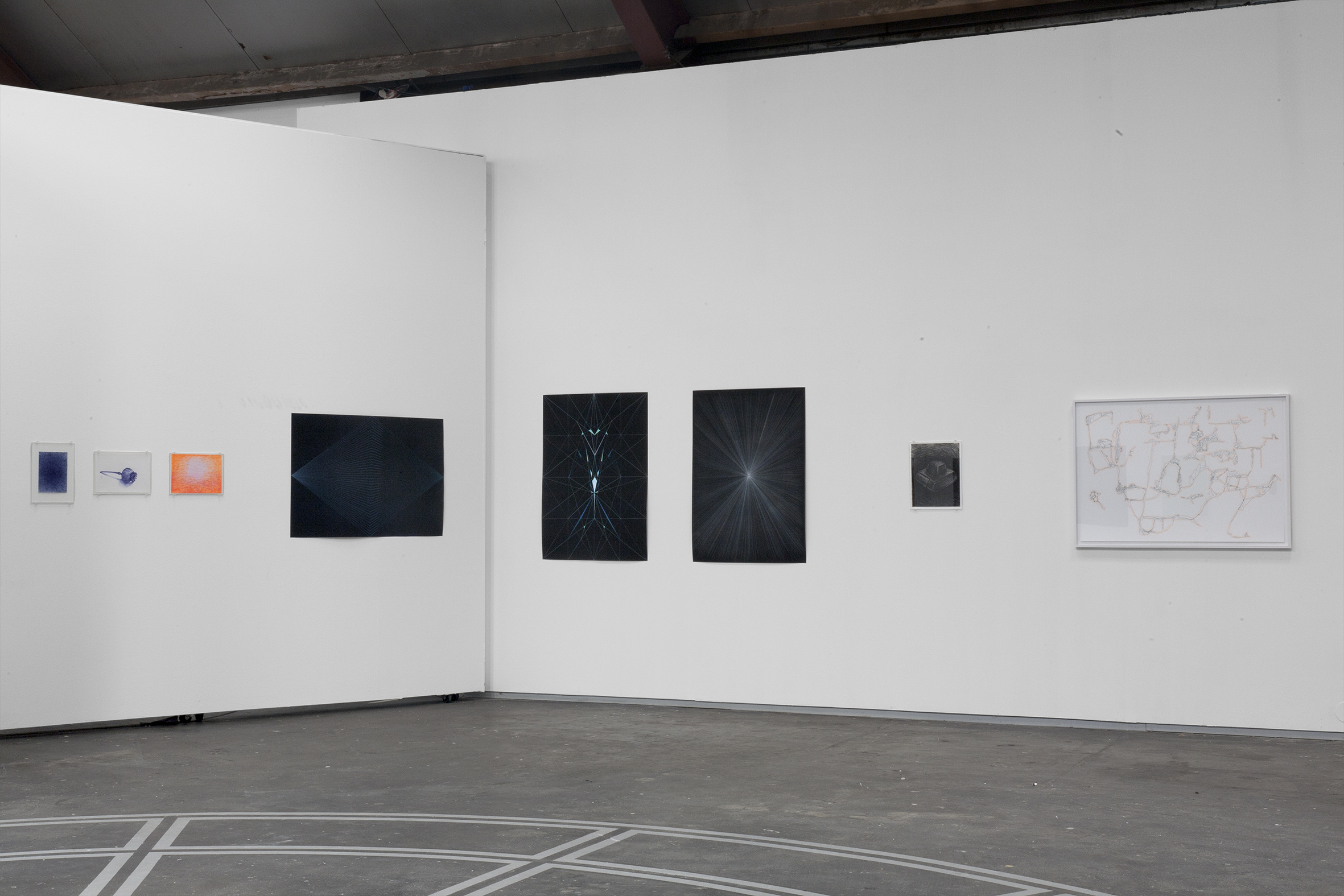
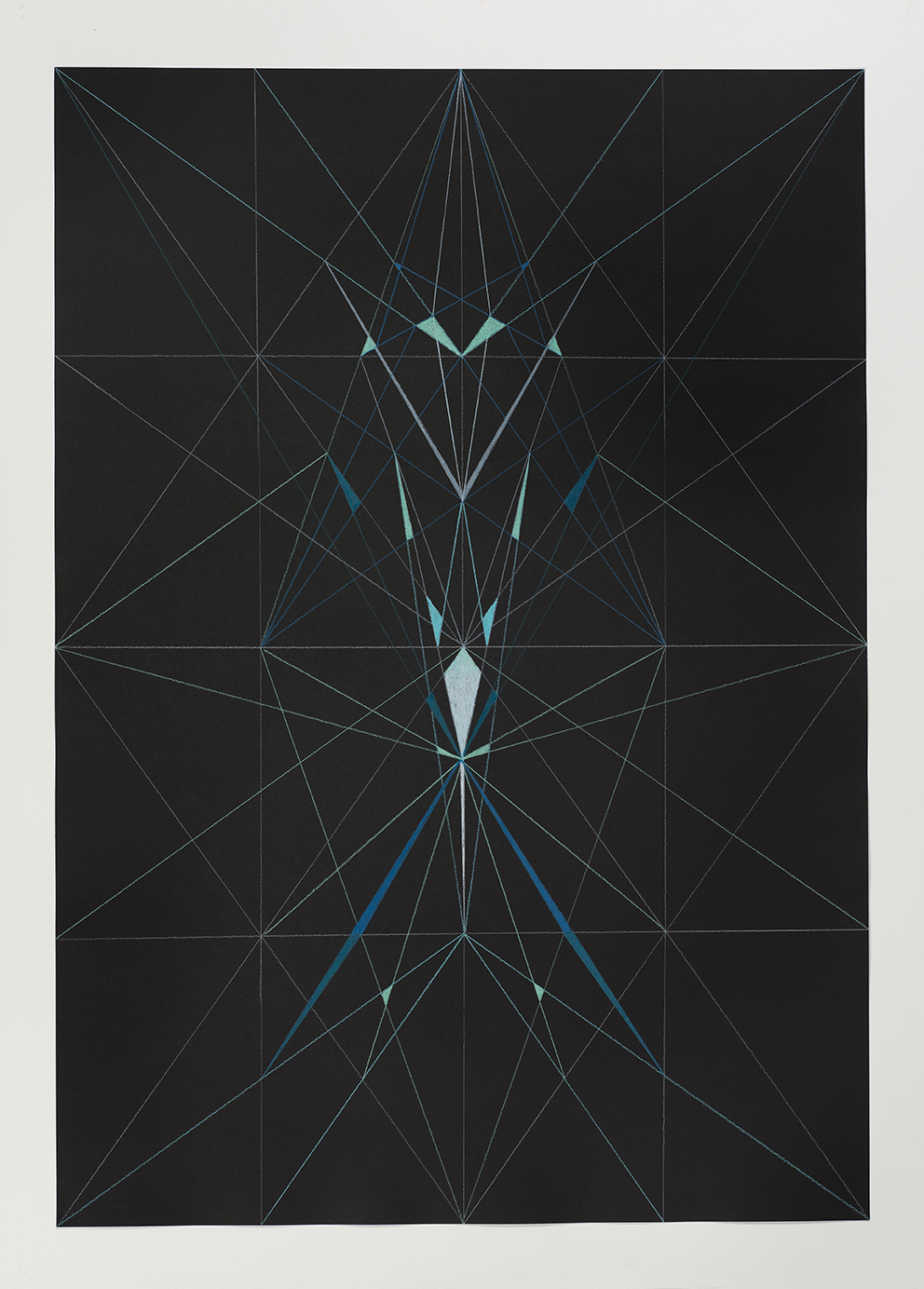

Text by Alexandra Landré
Dancing At The Wrong Party is a solo show by visual artist Irina Birger. The exhibition-installation features existing, new and site-specific drawings, most of which have not been shown before.
In her art practice, Birger often takes the concrete social reality of a place as a point of departure. Especially in her video and photo work, the artist examines, analyses and visualizes cultural and social patterns and their dynamics by employing various artistic strategies, ranging from anthropological observations to putting herself forward as the protagonist of action. Her own persona plays an important role in observing, infiltrating and staging relationships between individual and collective or, more generally speaking, between smaller fragments and larger constellations. The continuous coexistence and confrontation between the self and the social is one of the key issues in her work.
These themes can also be traced in other parts of her practice, such as her drawings, which are the main act of this exhibition. Navigating through a networked space, to which she remains partly alien, Birger has adopted quite an intuitive approach in her drawings that allows her to think by doing. The work’s visual language takes its cue from abstract scientific patterns as well as pop-cultural elements, everyday objects and personal icons, which are isolated and arranged in such a way that new connections tend to become visible. Yet, there always remains a sense of alienation.
The title of the exhibition, Dancing at the Wrong Party, evokes this strangely symbiotic relationship between misplacement and connection of some kind. The show aims to make Birger’s artistic universe tangible by offering a panoramic view that weaves together different fragments into new patterns.